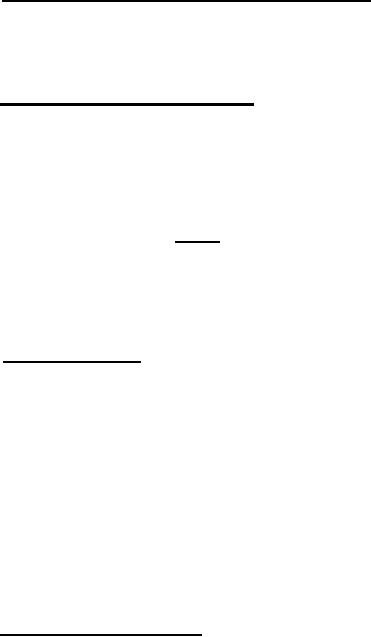 |
|||
|
Page Title:
Resolution - nine power system, off-axis |
|
||
| ||||||||||
|
|  MIL-P-63332(AR)
4.6.10.6 Resolution - nine power system, off-axis. Rotate the periscope
off-axis 2.0 degrees and repeat the test specified in 4.6.10.5 without chang-
ing the orientation of the focus knob from the position established in that
test. Resolution off-axis for high contrast shall meet the requirements
specified in 3.11.3.
4.6.10.7 Contrast transfer - on-axis. Perform this test using a 2870
100K tungsten light source, diffuse screen, frequency pattern (see Figure
1), collimator, eye corrected photo-detector with slit, and an "X-Y" recorder
set up an oriented as in Figure 9. Illuminate the frequency pattern by means
of a 2870 100K tungsten lamp and focus the image of the frequency pat-
tern at the slit. Adjust the "X-Y" recorder for zero level and perform the
test, as in 4.6.8.1, by advancing the frequency pattern through the three fre-
quencies horizontally and then vertically as In 4.6.8.1. Calculate the con-
trast transfer using the formula W - B from measured data. Compute the
W+B
required contrast transfer using the values in 3.11.4 and the values of UT.
Contrast transfer on-axis shall conform to the requirements of 3.11.4.
Special care must be taken before test data is made to avoid the possible
introduction of contrast transfer losses resulting from the test instrument.
4.6.10.8 Luminance gain. Perform this test using a 2870 100K
tungsten light source, a diffuser with mask, collimator, an eye-corrected
photo-detector with a 7.0 to 9.5mm entrance pupil, and a calibrated foot lam-
bert meter set up and oriented as in Figure 10. The calibrated foot lambert
meter shall be used to measure luminance gain by comparing the luminance seen
by the periscope with the luminance at the periscope-eyepiece. The light
source collimator shall be calibrated to present to the periscope a uniform
target luminance of 1.5 x 10-3 foot lamberts, with illumination from a
2870 100K tungsten lamp, subtending a solid angle of 4.5 degrees of
periscope field of view centered on the optical axis. Energise the periscope
and measure the luminance at the eyepiece with an eye corrected brightness
meter which has been calibrated for light from 2870 100K tungsten lamp
and has an entrance pupil of between 7.0m and 9.51mn. The gain iS the ration
of the luminance at the eyepiece divided by the target luminance. The lumi-
nance gain shall be not less than the value specified in 3.11.5.
4.6.10.9 Stray light luminance. Perform this test using a calibrated for
lambert meter, an eye corrected photo-detector, a 2870 100K tungsten
light source, a surface of white surround conforming to 7.11.6, and a disk
-4
with a black surface luminance of less than 1 x 10 foot lamberts set up
and oriented as in Figure 13. The instrument described above and in Figure 9
shall be used to measure the stray light luminance. The tungsten light source
sha3ll be so positioned as to provide a nearly uniform luminance of 5 times
-
10 foot lamberts over the surface of the white surround. The eye cor-
rected photo-detector shall have an aperture of 7.0mm to 9.5mm. Adjust the
periscope for infinity focus. Compare the eyepiece luminance with light
source off and light source on. Any change In eyepiece luminance with light
source off and light source on, shall not exceed the tolerance specified in
3.11.6.
29
|
|
Privacy Statement - Press Release - Copyright Information. - Contact Us |